Fort Drum relived its history as re-enactors brought its past to the present Saturday and Sunday at the Heritage Center. As the installation celebrates its first hundred years, Fort Drum Historian Doug Cubbison brought together actors dressed in period piece uniforms to bring the post's heritage to life. "This has really been great," Cubbison said. "These great people came out to help us celebrate Fort Drum's first 100 years. Our hope is to entertain and inform the public to the post's importance to the nation's security. "This is not about the history of the post or its buildings, but the history of the men and women who served here," he added. "It is amazing what the people who came before have gone through, and it will be amazing to see what the next 100 years brings to the North Country." Role players donned the warrior dress of Native Americans, fighters in the French and Indian War, Revolutionary War, War of 1812 and Civil War Soldiers. They also represented Soldiers who fought in both World Wars through the modern Mountain warriors of today. In addition, functioning World War II vehicles were put on display for visitors to discover. "These are always fun to come to," said George "Meowgeee" Efinger of Hampton, N.J., a re-enactor dressed as a Mohawk warrior during the Revolutionary War. "I learn something every time I attend these. It is amazing what kind of questions I receive when I have a feather through my nose. Most people are very intrigued, to say the least. "But this is a way to keep history alive and bring it to newer generations, and that is why I do this," Efinger added. The day's events also featured demonstrations of period weaponry and military drills. During the event, a twilight salute to Fort Drum was held to inform the public of the local area's rich history and its commitment to the security of the United States. "This has been very informative," said Mary Parry of Watertown. "I am so glad I got to come and enjoy this wonderful program. As long as I have been here, I have seen a lot of change. And I have learned that things always change. "It is amazing what I have witnessed here on Fort Drum," she added. "The changes I have seen are like going from a desert to the forest, and I can't wait to see what happens next." Before Fort Drum's formation, numerous groups had travelled the area, including Native Americans, British and French forces. The Army's presence in the North Country may be traced back to the early 1800s. In 1809, a company of infantry Soldiers was stationed at Sackett's Harbor to enforce the Embargo Act and control smuggling between northern New York and Canada. Following the outbreak of the War of 1812, Sackett's Harbor became the center of United States Naval and military activity for the Upper St. Lawrence River Valley and Lake Ontario. During the Civil War, Madison Barracks in Sackett's Harbor dispatched numerous Soldiers to several battlefields across America. They also continued to support Soldiers during the Spanish-American War and the Philippines Insurrection. In 1908, Brig. Gen. Frederick Dent Grant, son of Gen. Ulysses S. Grant, was sent here with 2,000 regular Soldiers and 8,000 militia members. He found Pine Plains to be an ideal place to train troops. The following year money was allocated to purchase the land, and summer training continued here through the years. Two camps were formed: Camp Hughes and Pine Camp. With the outbreak of World War I, Madison Barracks and Pine Camp supported Officer Candidate Schools and training camps. In 1935, maneuvers held at Pine Camp included 35,000 Soldiers - the largest peacetime maneuvers ever held by the U.S. Army through 1940. With the outbreak of World War II, the area now known as Pine Camp was selected for a major expansion, and an additional 75,000 acres of land was purchased. By Labor Day 1941, 3,000 buildings, including 24 schools, six churches and a post office were abandoned. In a period of 10 months at a cost of $20 million, 800 buildings were constructed, including 240 barracks, 84 mess halls, 86 storehouses, 58 warehouses, 27 officers' quarters, 22 headquarters buildings, and 99 recreational buildings as well as guardhouses and a hospital. Three divisions trained at Pine Camp: 4th Armored Division, 45th Infantry Division and 5th Armored Division. The post also served as a prisoner of war camp. Of those prisoners who died here, one Italian and six Germans are still buried in the Sheepfold Cemetery near Remington Pond. Pine Camp became Camp Drum in 1951, named after Lt. Gen. Hugh A. Drum, who commanded the First Army during World War II. During and after the Korean Conflict, a number of units were stationed here. In 1974, Camp Drum finally became a permanent Army installation and named Fort Drum. In January 1984, the Department of the Army announced it was studying selected Army posts to house a new light infantry division. On Sept. 11, 1984, the Army announced Fort Drum would be that post. The first 10th Mountain Division (LI) troops arrived at Fort Drum on Dec. 3, 1984, and the unit was officially activated on Feb. 13, 1985. Today, Fort Drum consists of 107,265 acres. Its mission includes command of active component units assigned to the installation, provide administrative and logistical support to tenant units, and support to active and reserve units from all services in training at Fort Drum.
Re-enactors trace Fort Drum's military history
By Mr. Jason Cutshaw (SMDC/ARSTRAT)June 18, 2008
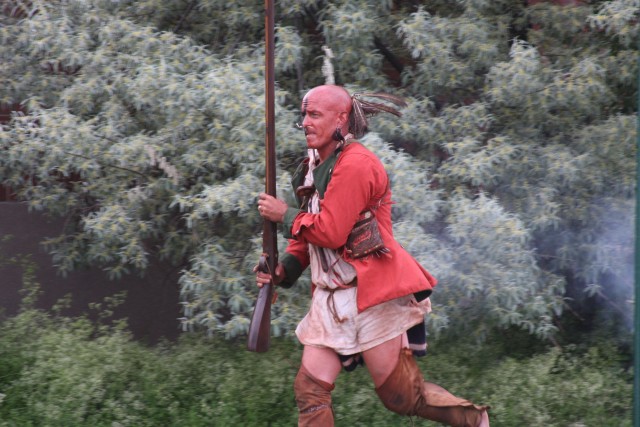
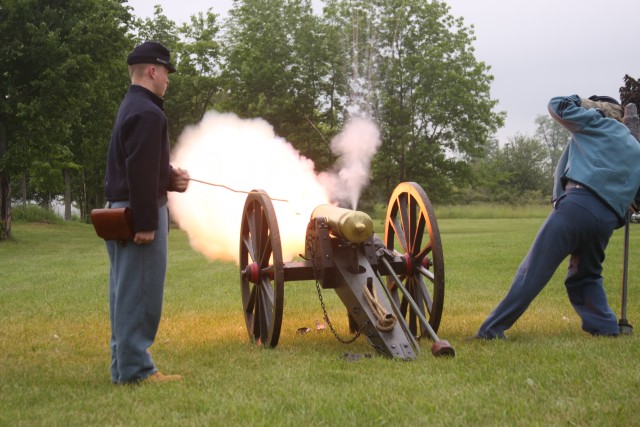
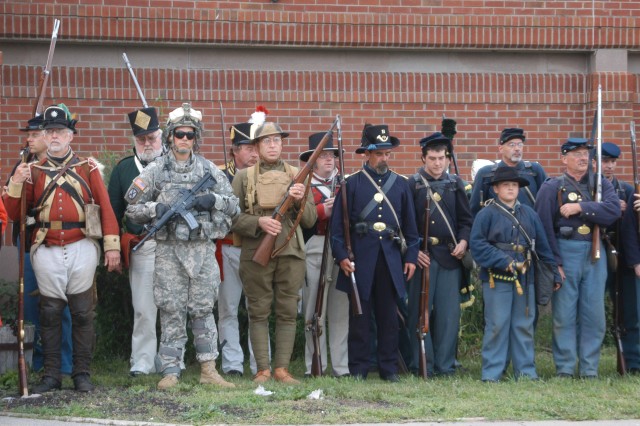

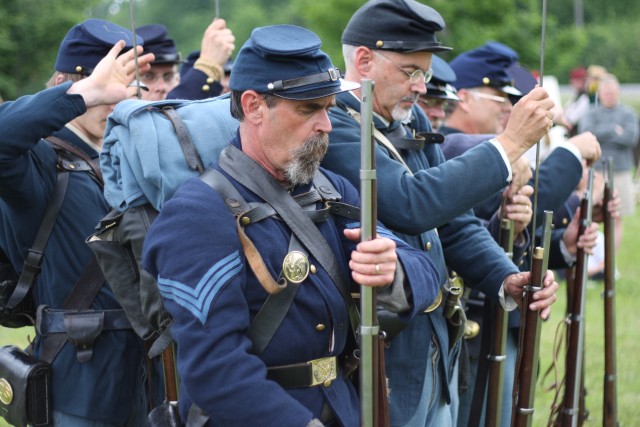
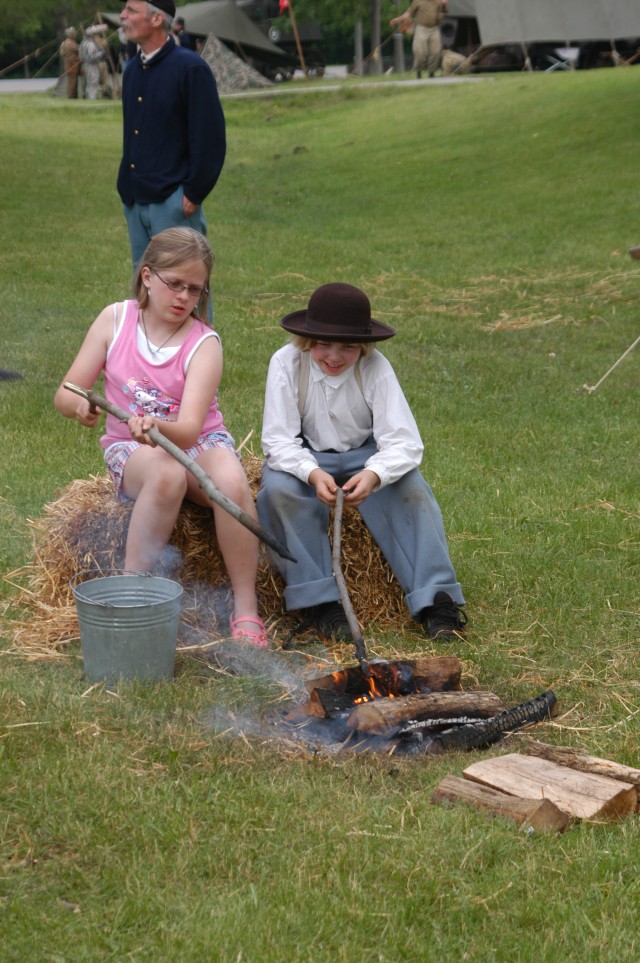
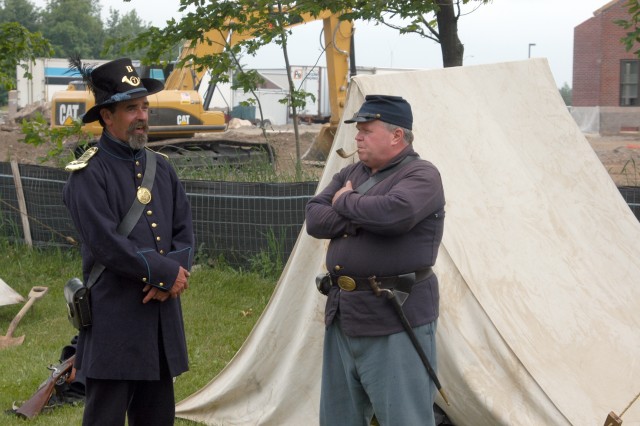

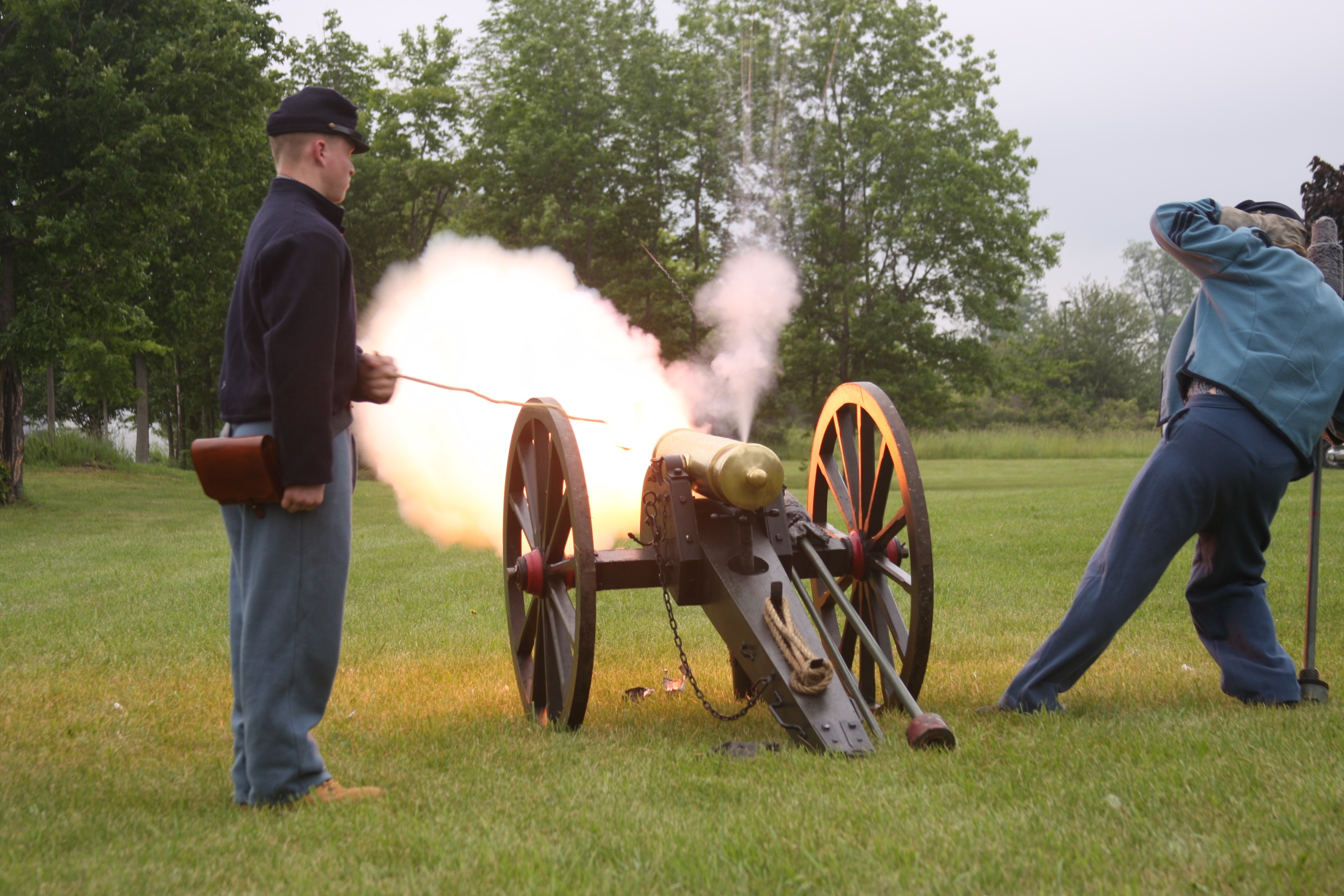

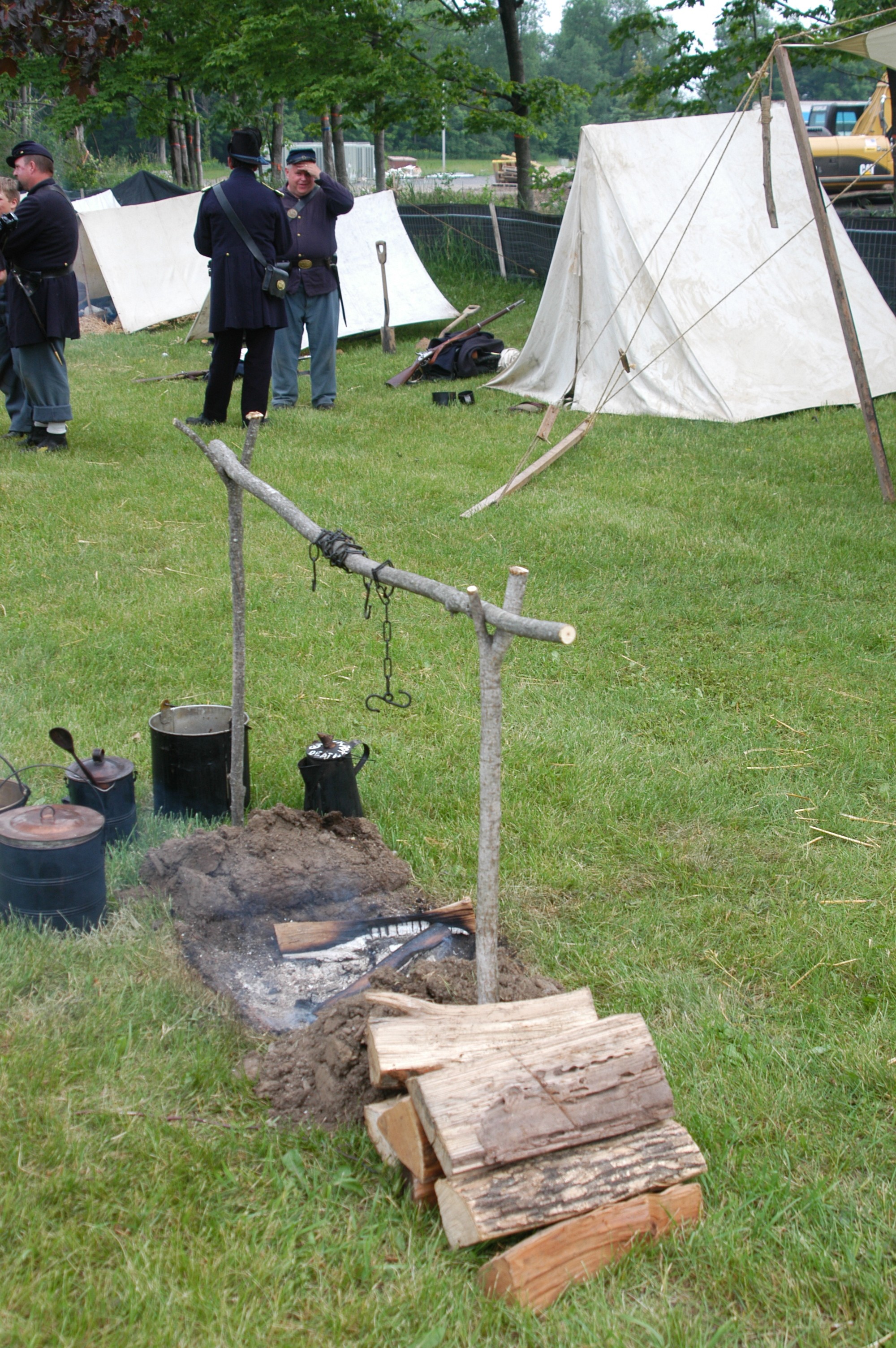

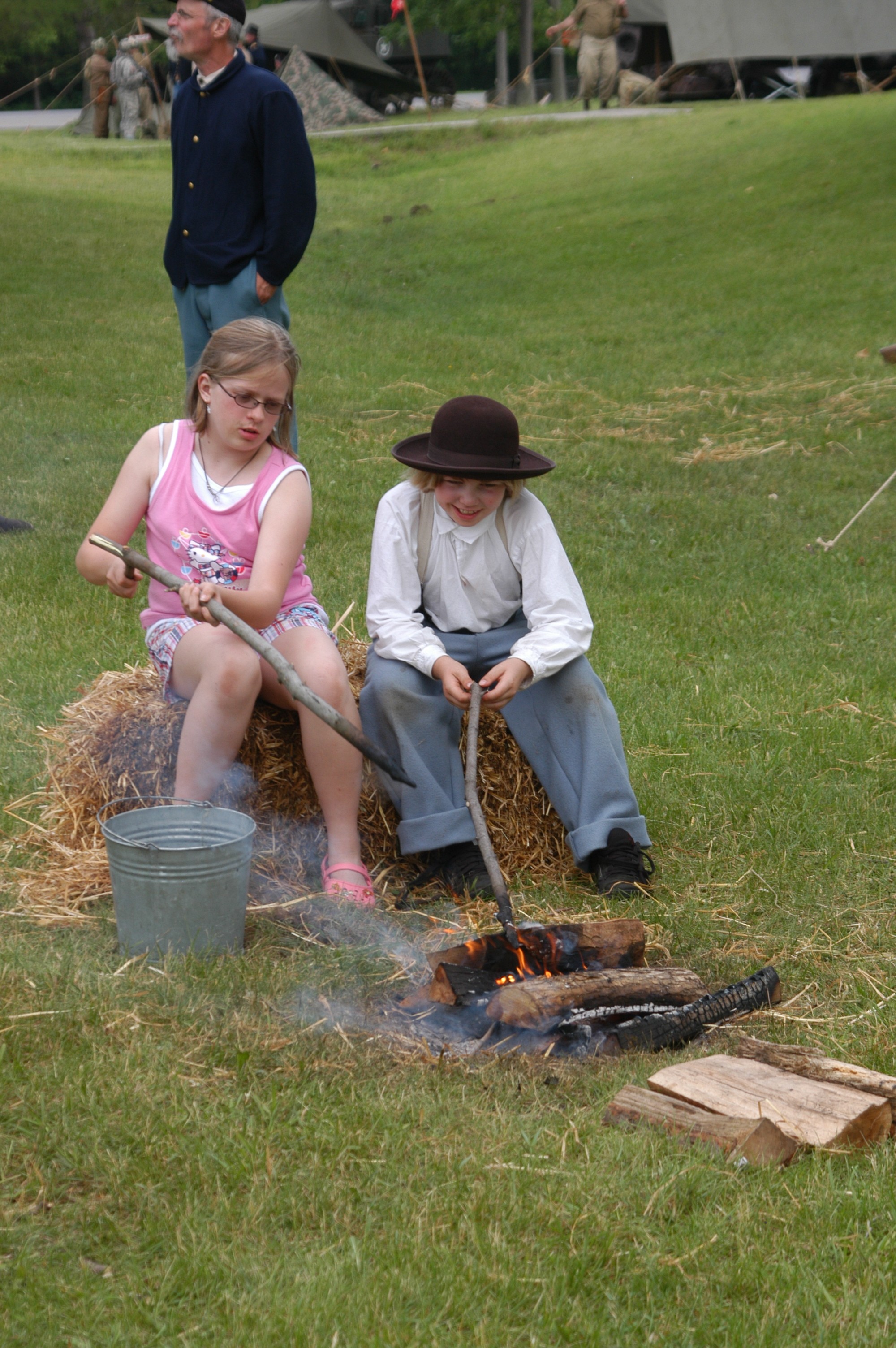
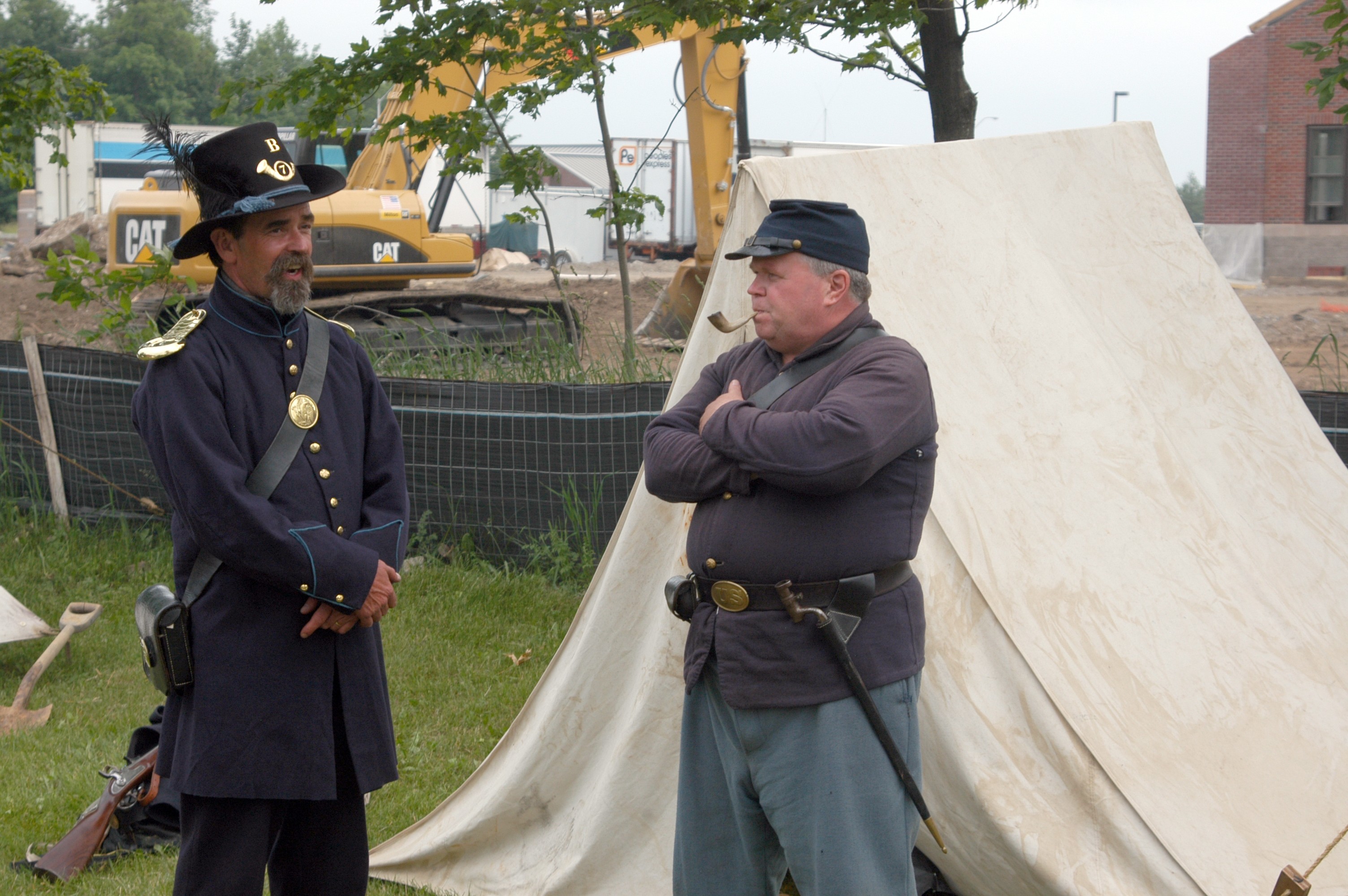
Social Sharing